6 Ways Paracord Can Save Your Life...
Paracord is arguably one of the most versatile survival tools out there. And after nearly a century since its invention, people are still finding new uses for it all the time! We’ve listed 6 awesome ways paracord can be used in both first aid and survival situations. Whether you need to save a life or stay alive, paracord just might be the tool you need!
First Aid Uses
We always recommend having an actual first aid kit on hand packed with useful and sterile supplies, but sometimes you have to make due with what’s on hand.
Stitches
If someone needs stitches and you don’t have access to medical assistance, you can use an inner strand of paracord to use as the thread. An individual strand can be used for a thicker suture or you can untwist the threads making up that strand to make a smaller suture. Before suturing a wound, be sure your hands, thread, and needle are as clean as possible to help mitigate the risk of infection.
It’s vital to remember that paracord doesn’t dissolve like many modern stitches. They will have to be removed at some point. If you stitch a wound shut, have a professional examine it as soon as possible to prevent potential complications in the future.
Splint
You can secure a splint or fashion an improvised splint using paracord. If a splint is too loose, it can jostle broken bones and cause more damage to the injured area. Even if causing further harm wasn’t a risk, it can cause the patient extra unnecessary pain. Simply wrap paracord around the splint to tighten it, ensuring not to secure it too tightly, and tie it off.
In the case that you need to make your own splint, you’ll need two sturdy sticks that are the length of the limb. If you need to splint a leg, the sticks would ideally surpass the knee. Place a stick on each side of the limb and wrap paracord around them and the limb to secure. Ensure you don’t secure it so tightly that it causes unnecessary pain or impedes circulation.
Tourniquet
Both in a survival situation and everyday life, anything can happen. Whether it’s an animal attack or a car accident, you may find yourself in a circumstance where someone is suffering from severe blood loss and you have nothing but paracord on hand.
Using paracord as a tourniquet is the very last resort since it’s too thin to work effectively. Because of its width, it may not fully occlude the blood flow and has the risk of causing nerve damage. However, when your options are living with nerve damage or kicking the bucket, use the paracord! Even if it doesn’t fully stop the bleeding, it will at least slow the blood flow. In a life or death situation, sometimes you’ve got to take what you can get.
Apply the paracord high and tight on the limb like you would apply a tourniquet. Wrap it tightly around the limb stacking the rope one loop beneath the other. Keep wrapping it until there’s at least a two inch band of rope. Tie it off, note the time you applied the makeshift tourniquet, and get the injured person to a hospital ASAP.
Survival Uses

When you’re lost in the wilderness or stranded somewhere remote, everything you have has the potential to save your life. Here are a couple ways you can use it to stay alive until you can get back to civilization.
Shelter
Shelter is critical to staying alive when you’re stranded in the elements. If you have a length of paracord and a few other items, you can create a simple shelter. Tie the paracord between two sturdy trees, ensuring it’s taut. Drape a tarp over the line and secure the ends out in a triangular shape with rocks, sticks, or any other material available. If you don’t have a tarp, you could lean branches against the paracord. Even a blanket could work. It wouldn’t protect you from rain, but it’d at least help a bit against wind, cold, and sun.
Fishing Line
If you’re going to be stuck in the wilderness for a while, you need some sort of food source. Fishing is a great option if there’s a body of water nearby. The inner strands of your paracord can be used as fishing line. You can use the individual threads or tie them together to make a longer strand. Attach a hook to one end and a stick to the other, and you’re ready to go!
One More Thing
As mentioned before, paracord is extremely versatile and can be used for any number of things. If you’re in a pinch, see if your paracord can help you out!
Moreover, always try to have the real deal on hand. If someone is at risk of bleeding out, a real tourniquet is a lot easier to use and use effectively than paracord. Best of luck, and stay safe out there!
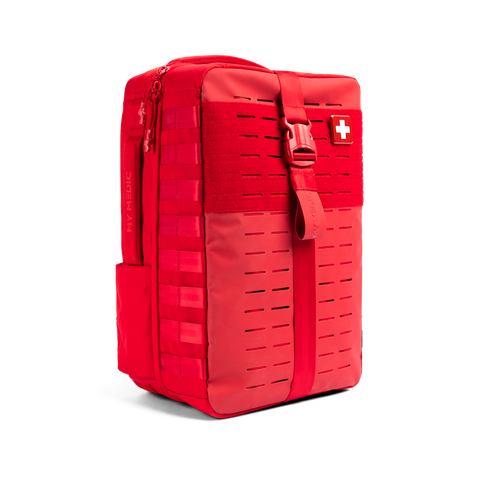 NEW ARRIVALS
NEW ARRIVALS
 BEST SELLERS
BEST SELLERS
 SUPERSKIN™
SUPERSKIN™
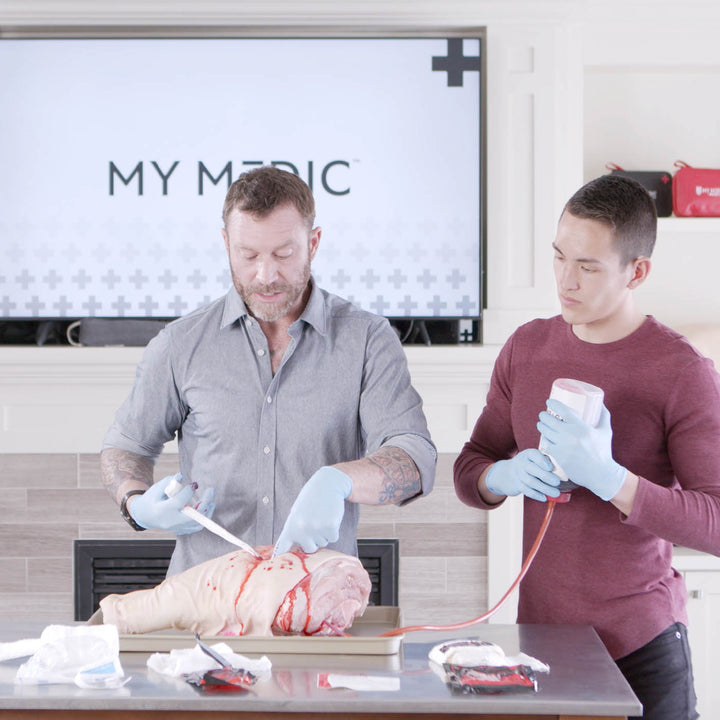 COURSES
COURSES
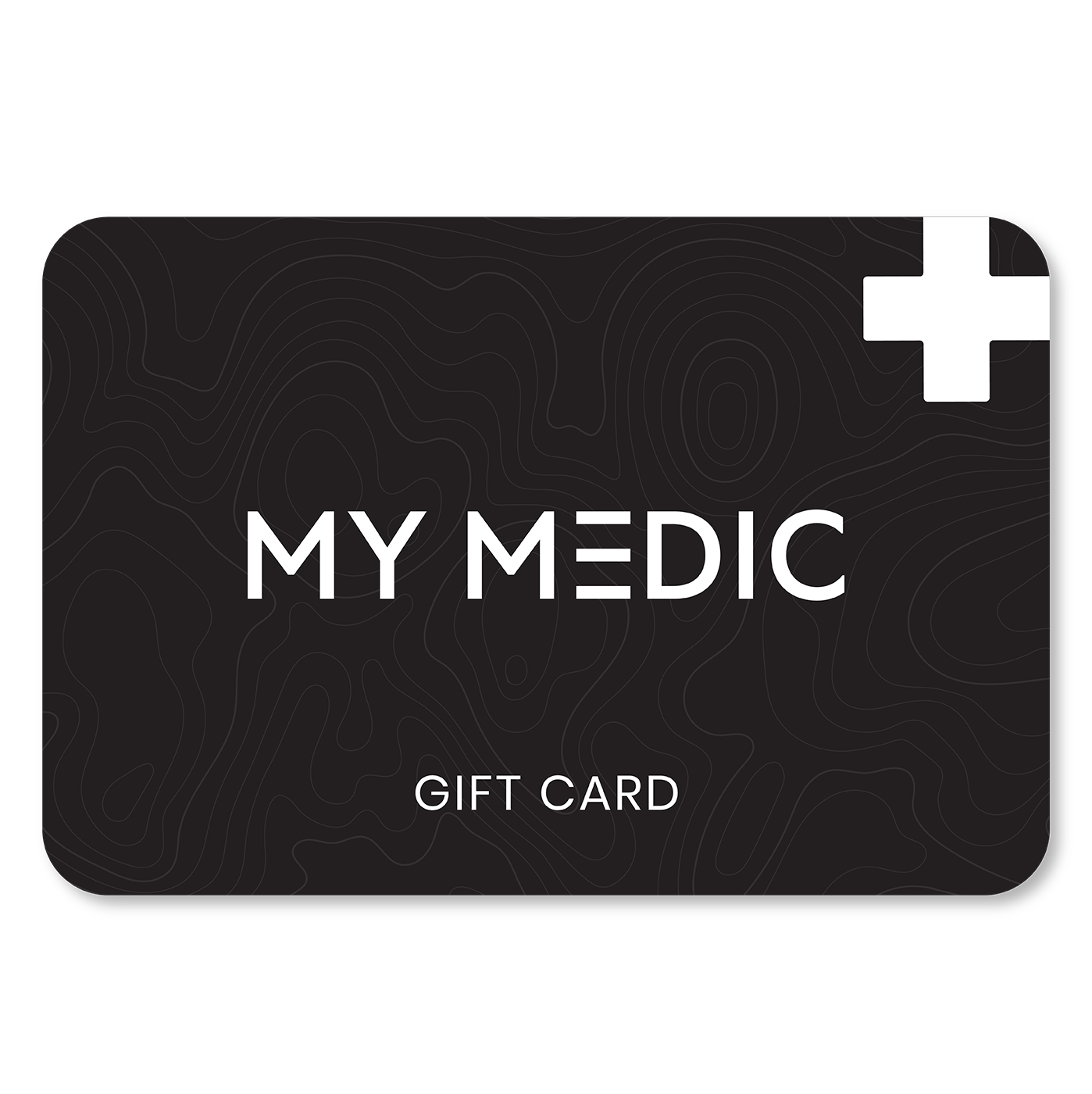 GIFT CARDS
GIFT CARDS
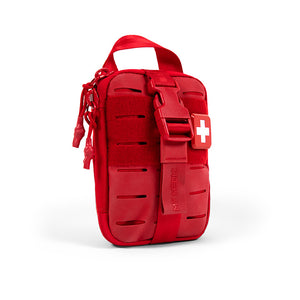 The MyFAK Collection
The MyFAK Collection
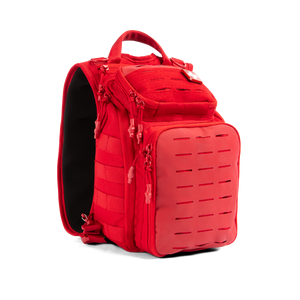 Specialty
Specialty
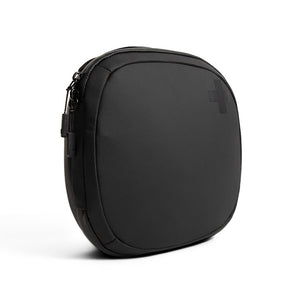 The Ready Collection
The Ready Collection
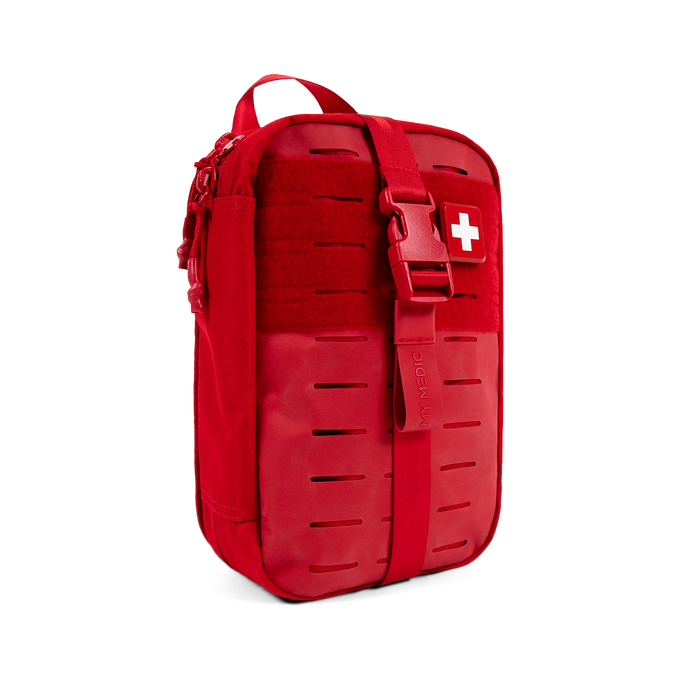
 BLEED
BLEED
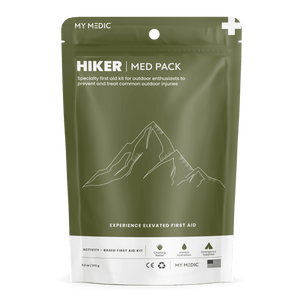 OUTDOOR
OUTDOOR
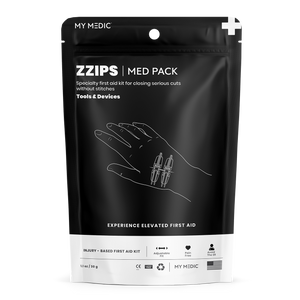 TOOLS & DEVICES
TOOLS & DEVICES
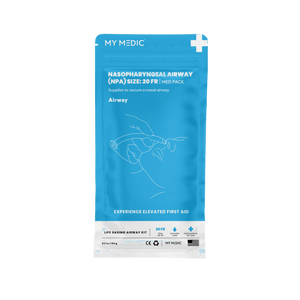 AIRWAY
AIRWAY
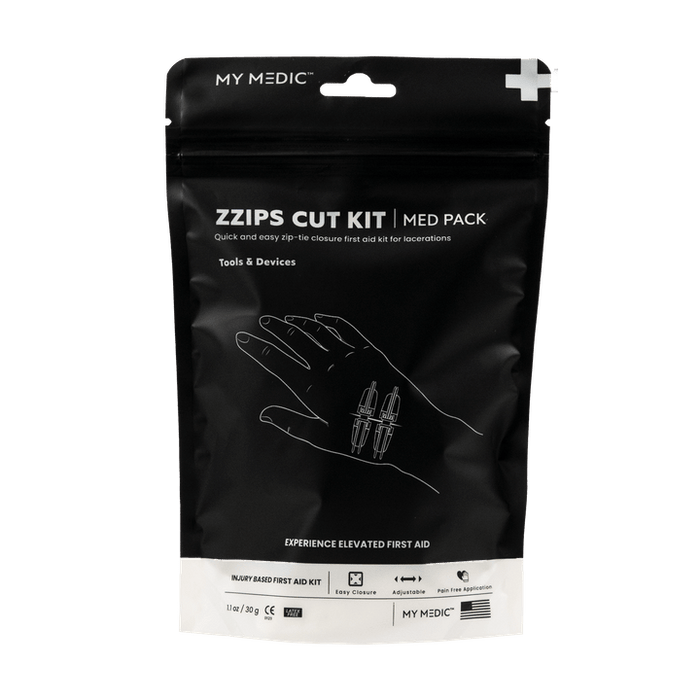
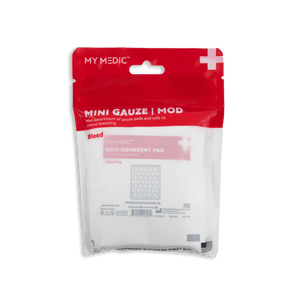 BLEED
BLEED
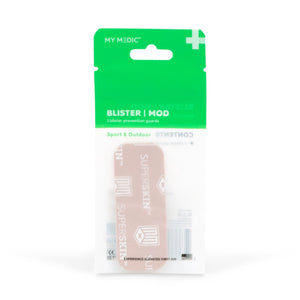 OUTDOOR
OUTDOOR
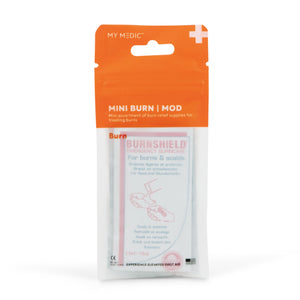 BURN
BURN
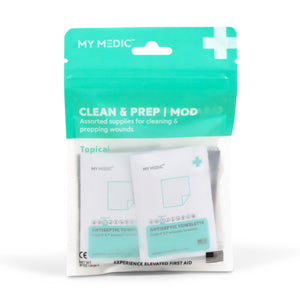 TOPICAL
TOPICAL
 MEDICATION
MEDICATION
 SPRAIN & FRACTURE
SPRAIN & FRACTURE
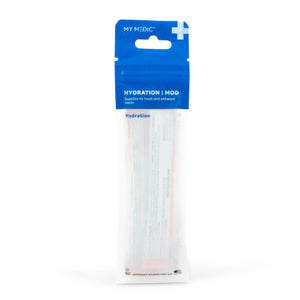 HYDRATION
HYDRATION
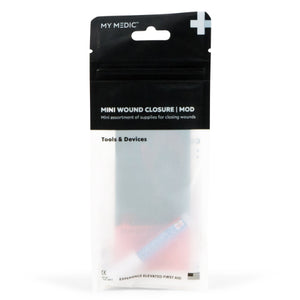 TOOLS & DEVICES
TOOLS & DEVICES
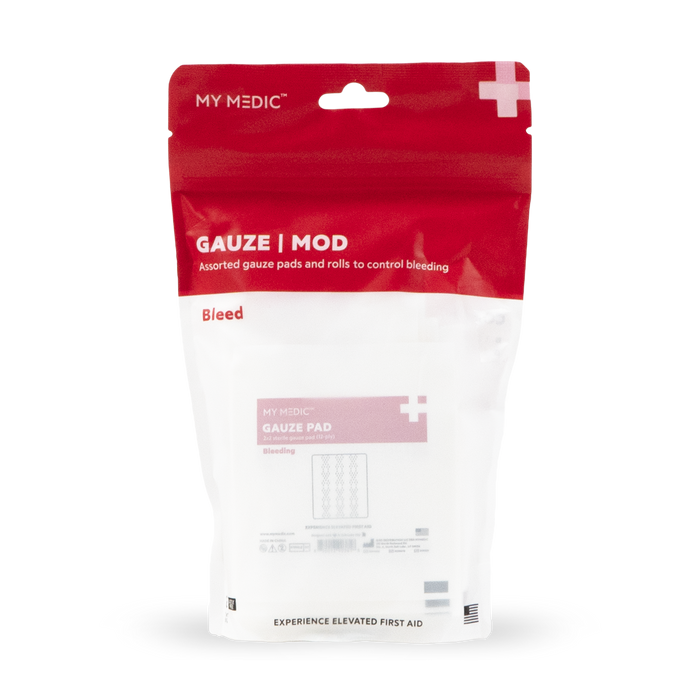
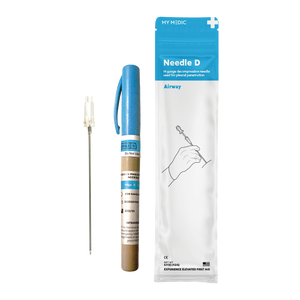 Supply Categories
Supply Categories
 Top Sellers
Top Sellers
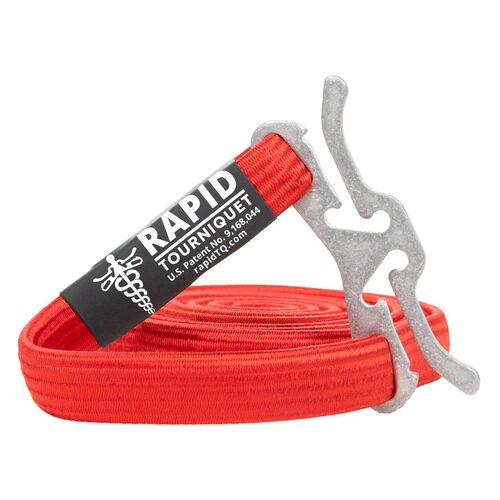
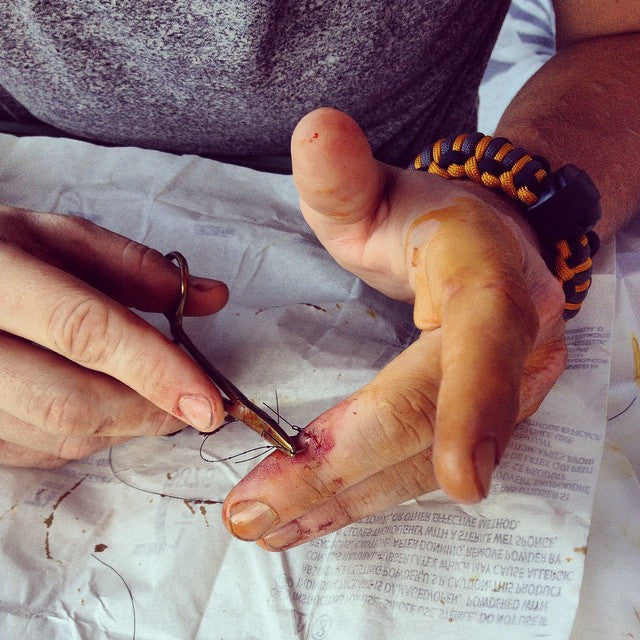




great info. as always thankyou
Leave a comment